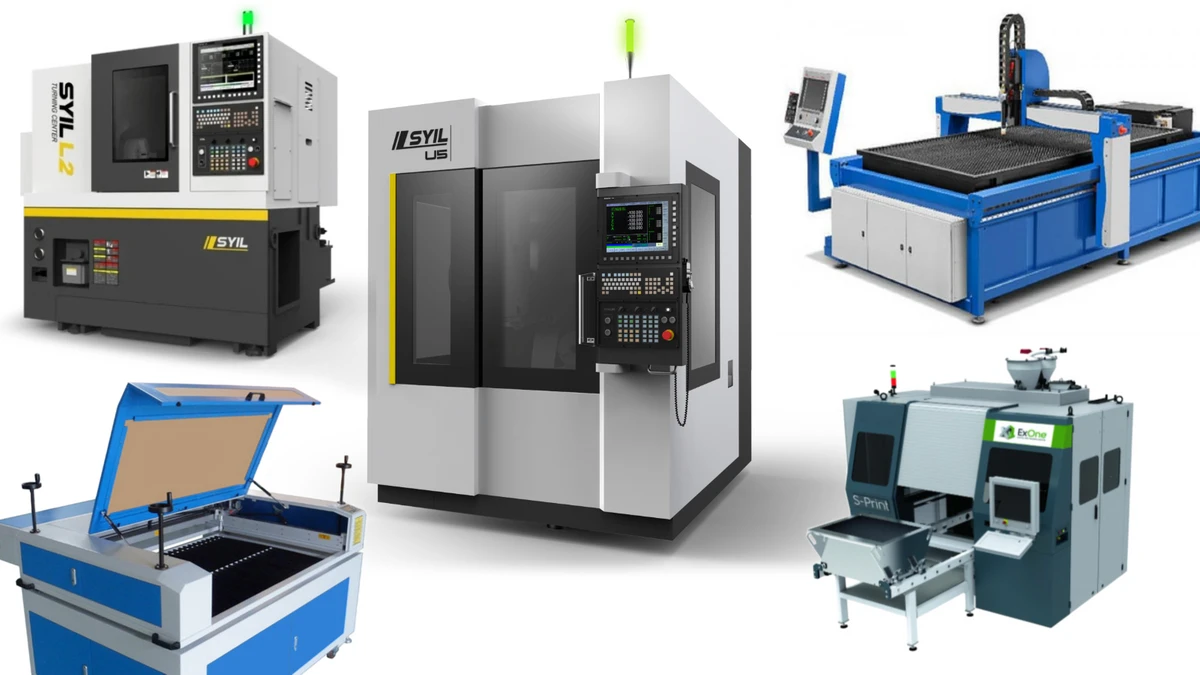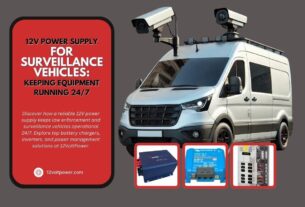A CNC machine is a programmable device capable of executing CNC machining operations. CNC machining is a subtractive manufacturing process. It produces a custom-designed part by removing layers of material from a stock piece. It is called the blank or workpiece—using computer numerical control (CNC) and machine tools. Additionally, CNC machining is defined as “computer numerical control.” This article describes the various types of CNC machines and their operation.
CNC Machines Main TypesRouter CNC Machine
CNC mills and router CNC machines are comparable, but the CNC mill uses gentler materials and needs to be more precise. The components of CNC routers are stepper motors, actuators, a mechanical base, a spindle, controllers, and a power supply. CNC routers speed up the production of items. It increases productivity and precision and decreases waste.
Lathe CNC Machine
The material is removed from the rotating workpiece. It is done by using single-point cutting instruments in the lathe CNC machine turning. Many rotating tool designs adjust various applications. It includes roughing, finishing, facing, threading, separating, and grooving.
CNC lathes or turning devices are also used in the CNC turning process. Special-purpose lathes, turret lathes, and engine lathes are all classifications of CNC lathes. Read more about types of CNC machines.
Pick and Place Machine
Due to the many nozzles on the pick-and-place machine. The electronic equipment’s electrical components are lifted and positioned precisely. Cell phones, computers, tablets, and other electronic devices are produced using pick-and-place machines.
3D Printer
A 3D printer is a colorant manufacturing machine. It is a layer-by-layer CNC machine that prints components. The CAD and CAM processes generate the design and make of the product. The 3D Printer is used to manifest the design. For prototyping, the 3D printer CNC machine is engaged.
Drilling CNC Machine
Drilling utilizes rotating drill blades to generate cylindrical apertures in the workpiece. The design of the drill bit facilitates the detachment of excess metal and fragments from the workpiece. A wide variety of drill blades exist, each serving a distinct purpose. Chucking reamers, chisel drills, spotting drills, and screw machine drills are among the drill parts that are offered.
CNC 5-Axis Machine
Five of the six-part sides are accessible with a single operation on a 5-axis CNC machine. It adds two rotational axes to a conventional machine tool’s three-axis linear motions (X, Y, Z). An operator can machine five out of six sides of a prismatic workpiece at a 90° angle without resetting the workpiece to access the other sides. This is achieved by equipping the work table with a trunnion or trunnion. It functions as a tilting, rotating work-holding fixture. So, it transforms the mill into a 3+2. It is also known as an indexed or positional machine. A 5-axis CNC machine is used to create sculptures.
Milling CNC Machine
The workpiece is shaped during milling by rotating multi-point cutting instruments. Whether oriented horizontally or vertically, milling devices consist of end, spiral, and chamfer mills.
Additionally, horizontally or vertically oriented CNC-enabled milling machines. It is utilized during the CNC milling procedure. Fundamental mills have three-axis motion, whereas more sophisticated models can accommodate more axes.
Plasma Cutting CNC Machine
Materials are carved by plasma-cutting CNC devices. A plasma torch is used to cut their materials. The primary need for CNC plasma cutting devices is the electrical conductivity of the material or workpiece to be cut. Stainless steel, brass, copper, aluminum, and steel undergo plasma cutting.
Steel and titanium are among the most resistant materials a CNC plasma cutting machine’s high-powered flame can pierce. The high-powered flame in a CNC plasma cutting machie is generated by conveying gas at high velocity through a nozzle.
Laser Cutting CNC Machine
Although they use a laser instead of a plasma burner, the laser-cutting CNC machines are engineered to cut through robust materials. While lasers provide remarkable precision, their efficacy is comparatively inferior to plasma torches.
Enough advancements in laser technology have enabled CO2 lasers to penetrate metals. However, CO2 lasers are more suitable for engraving metals. It is also acceptable for other rigid materials and cutting non-metallic and organic substances. Solid nitrogen lasers are another prevalent type of gaseous laser. The use of these lasers is restricted to applications in which the material to cut must not oxidize.
Electric Discharge CNC Machine
Spark CNC machines are an alternative name for electric discharge CNC machins. They constitute a distinct category of CNC machines. It manipulates materials into the intended form using electric charges.
Due to its transient nature, electrical discharge can degrade the substances it encounters. Utilizing this, electric discharge CNC machines reshape materials by designing controlled flames. The workpieces were placed between the upper and lower surfaces of the electrode. The computer determines the amount of electrical discharge generated by the electrodes.
Grinding CNC Machine
Grinding with a rotating wheel, a grinding CNC machine is a high-precision performance instrument. It removes metal from metal. CNC grinding machines are used for gearbox shafts, camshafts, and ball bearings. It applies other components that demand an exact finish. Cylindrical shapes are produced by a CNC grinding machine on a routine basis.




